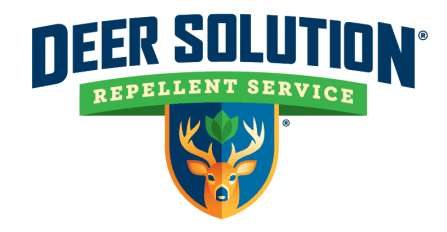Salem County, New Jersey, finds itself at the epicenter of a growing environmental and agricultural crisis fueled by deer overpopulation. This multi-faceted issue not only affects the county’s rich agricultural heritage but also poses significant ecological and economic challenges.
The Escalating Problem of Deer Damage
The impact of the rising deer population in Salem County extends across various sectors. Agricultural damage is perhaps the most visible and immediate effect. Farmers report severe losses due to deer feeding on crops, leading to a significant reduction in yields.
One farmer’s experience encapsulates the gravity of the situation, “There’s not a field I farm where there’s not deer damage. I’m starting to give up.”
This sentiment, echoed by many in the farming community, reflects the depth of the crisis.
Hidden Costs and Emotional Toll
Deer overpopulation brings with it a slew of hidden costs that are often not immediately apparent. These include the abandonment of fields that become economically unviable due to persistent deer damage, the need for more intensive use of fertilizers and herbicides, and changes in crop rotation to mitigate damage.
Moreover, there is an emotional toll on farmers who face the relentless challenge of managing deer, often leading to stress and physical exhaustion.
Economic Impact and Sustainability
From an economic standpoint, the costs associated with deer overpopulation are staggering.
In Salem County and other affected parts of New Jersey, the financial burden is evident in the millions of dollars in lost revenue and increased management costs.
The state also incurs significant expenses due to deer-vehicle collisions, with insurance payouts estimated at around $100 million annually. This economic strain highlights the need for sustainable solutions to manage the deer population effectively.
Deer Density and Ecological Imbalance
The ecological implications of deer overpopulation cannot be understated. With deer densities in some areas ranging from 44 to over 200 per square mile—far exceeding the recommended 10 deer per square mile for ecological balance—the natural environment is under severe strain.
Overgrazing by deer leads to habitat destruction, affecting biodiversity and the health of ecosystems. The imbalance also disrupts the food chain, with cascading effects on other wildlife species.
Challenges in Deer Management
Managing the deer population in Salem County presents numerous challenges. These include the complexity of balancing a healthy deer population with the needs of agriculture and public safety and the logistical difficulties of wildlife management in suburban and rural settings.
Effective management requires a multifaceted approach that combines policy intervention, community involvement, and innovative solutions.
The deer overpopulation crisis in Salem County is a clear indicator of the intricate relationship between human activities, wildlife management, and ecological sustainability. Addressing this issue requires concerted efforts from policymakers, agricultural experts, environmentalists, and the community.
The way forward involves not only mitigating the immediate impacts of deer damage but also ensuring the long-term sustainability of both agriculture and the natural environment in Salem County.







